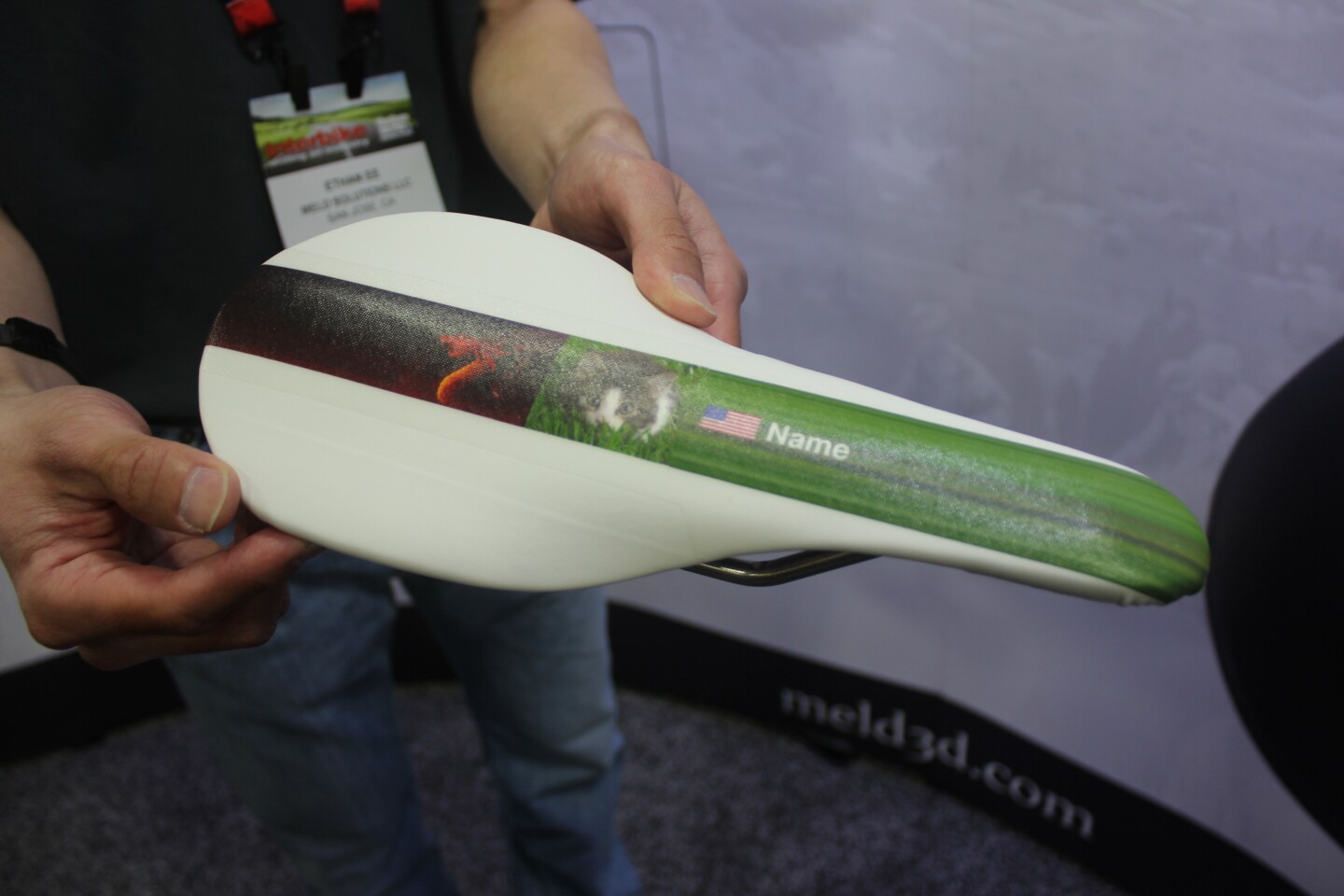Everybody's butt is unique. It would only seem logical, then, that an "off-the-rack" bicycle saddle isn't going to deliver an optimum fit. That's where Meld enters the picture. It's a made-to-fit saddle that's manufactured using a posterior impression that the buyer creates and sends in.
The process begins with the company sending the client a block of impression foam.
After sitting on that foam and permanently deforming it with their derriere, the client then sends the block back to Meld's California headquarters, where it's scanned. That scan is in turn used to create a 3D computer model of their saddle, which will ultimately have a flexible carbon fiber shell that's custom-shaped to the buyer.
The client next accesses a user portal on the Meld website, where they can see that model. They proceed to tweak characteristics such as its outline (as viewed from above), the presence of a center channel/cutout, and graphics.

Finally, the actual saddle is created. Along with its carbon fiber shell, it has EVA foam padding (the thickness is based on the rider's weight), along with a synthetic leather cover. It supports three seating positions, those being upright, rotated forward, and on-the-nose – the latter being used mainly by triathletes.
If you're interested in getting one, expect to pay US$250 for a model with metal rails, or $325 for a full carbon fiber version.
Source: Meld






